Tag
#Photovoltaic
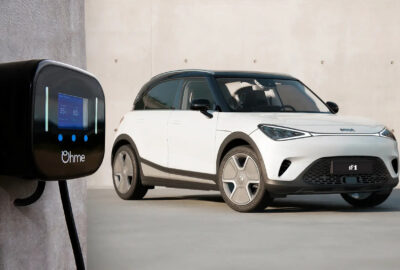
Smart UK announces Ohme as new home charging partner
03.12.2024
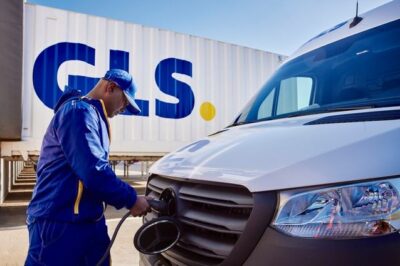
Endesa to supply EV chargers to GLS Spain
13.11.2024
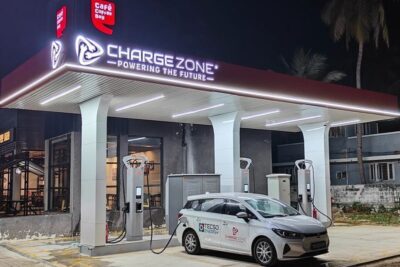
India proposes faster approval for EV charging stations
05.07.2024
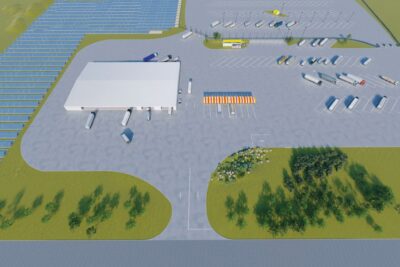
South Africa considers truck charging network based on solar island solutions
18.04.2024
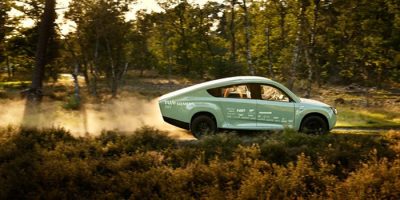
Stella Terra completes 1,000 km journey through the desert
18.10.2023
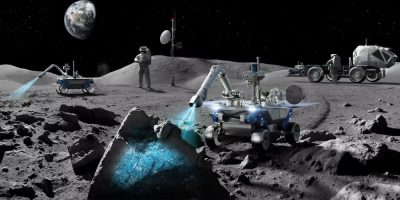
Hyundai is headed to the moon
25.04.2023
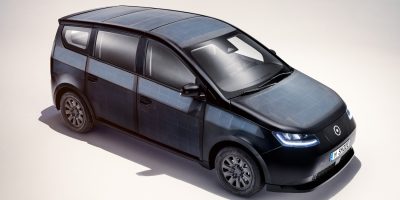
Sono Motors has dropped the Sion
24.02.2023
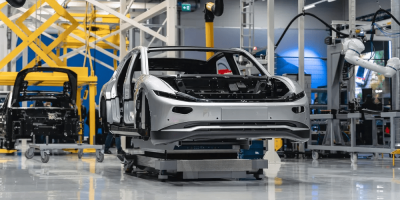
Lightyear suspends production of the Lightyear 0
24.01.2023
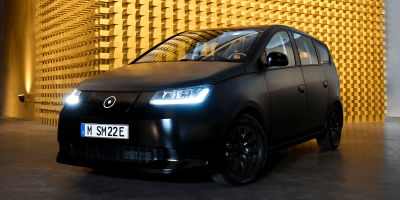
Sono to source more components from Continental
21.11.2022
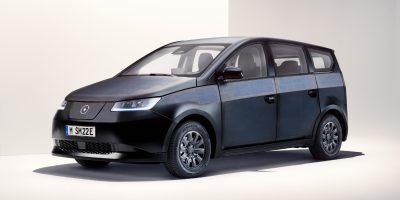
Finn to purchase over 12,000 Sion from Sono Motors
07.09.2022
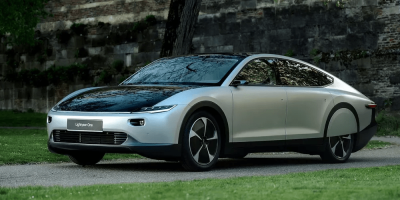
Solar EV startup Lightyear raises €81 million in funding
06.09.2022
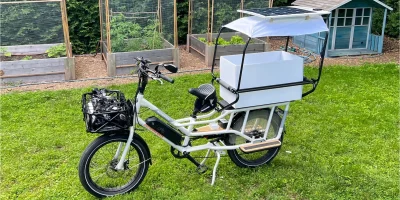
E-bike rider modifies bike with solar trailer
28.07.2022

Sono Motors presents the final series design of the Sion
25.07.2022
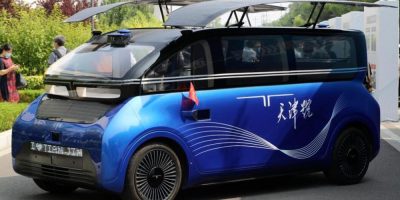
A real solar car developed in China
13.07.2022
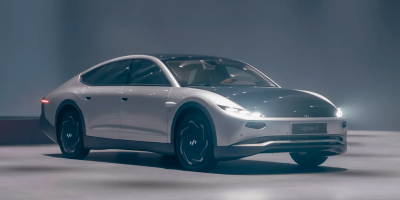
Lightyear One to be named Lightyear 0 as series model
10.06.2022
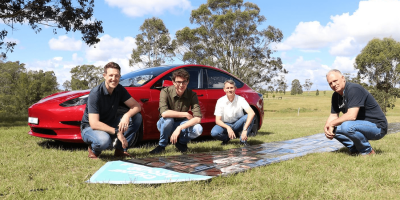
Australian scientists tackle long distances with solar charging
26.04.2022
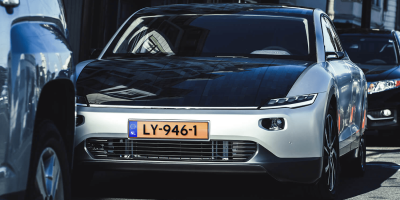
Lightyear Two to launch for less than €30,000
16.12.2021

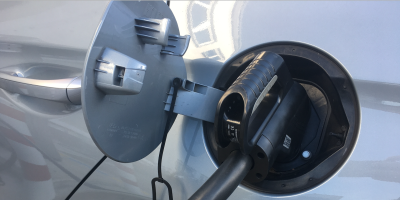
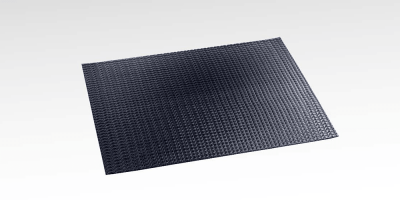
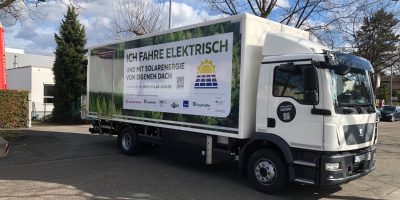
Last commented